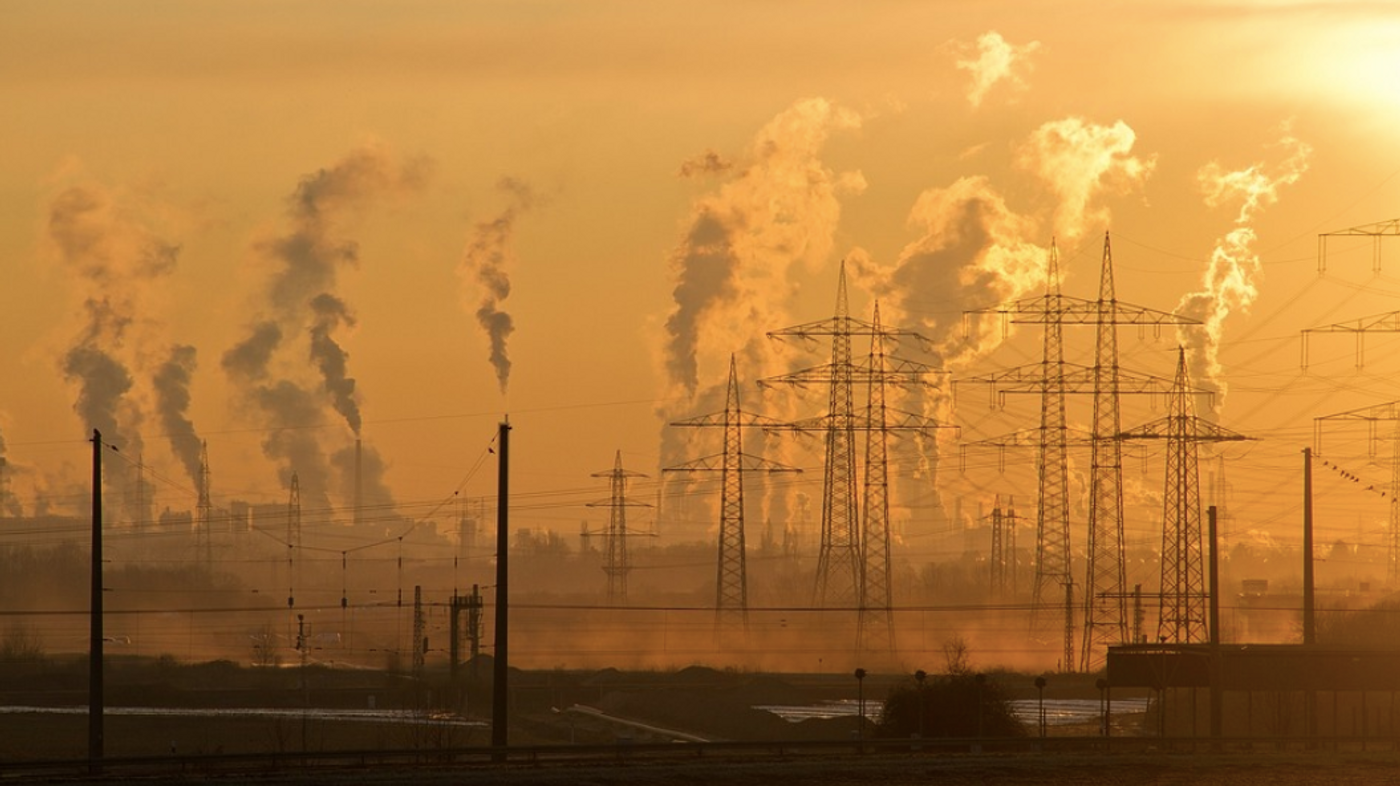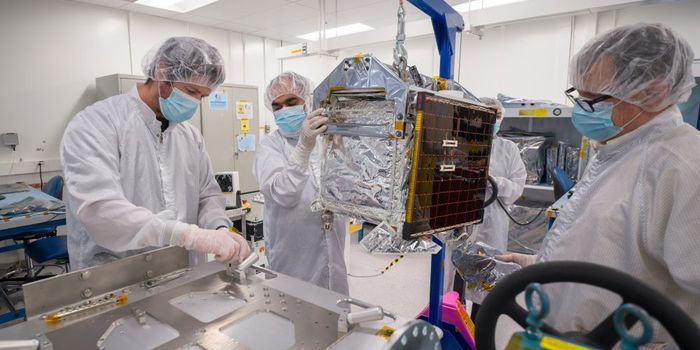Carbon Dioxide Levels are Rising at the Fastest Rate in 50,000 Years
There is broad scientific consensus that high levels of greenhouse gases like carbon dioxide and methane in the atmosphere are causing major changes to the Earth's climate, and making average temperatures rise. A study has now determined that the level of carbon dioxide (CO2) in the atmosphere is rising at a rate that is ten times faster now compared to any other time in the past 50,000 years. The researchers reached this conclusion by analyzing gases trapped in ancient Antarctic ice, and the findings have been reported in the Proceedings of the National Academy of Sciences (PNAS).
"Studying the past teaches us how today is different. The rate of CO2 change today really is unprecedented," said first study author Kathleen Wendt, an assistant professor at Oregon State University. "Our research identified the fastest rates of past natural CO2 rise ever observed, and the rate occurring today, largely driven by human emissions, is ten times higher."
While levels of carbon dioxide have naturally changed over the history of the Earth due to a variety of factors, including volcanoes and ice ages, human activity is now driving the rise of atmospheric carbon dioxide. Scientists can analyze air bubbles trapped in ancient ice, some of which is as much as two miles (3.2 kilometers) deep, to identify the levels of trace elements, and learn about the atmosphere in Earth's past. In this work, the samples were drilled from the West Antarctic Ice Sheet Divide.
The last ice age ended around 10,000 years ago, and carbon dioxide levels became unusually high around that time. The researchers were wondering what drove that rise as an ice age was concluding. They identified a pattern in which the spikes in atmospheric carbon dioxide were aligning with cold periods that occur in the North Atlantic, which are called Heinrich Events. They have previously been linked to abrupt climatological changes around the world.
"These Heinrich Events are truly remarkable," said senior study author Christo Buizert, an associate professor at Oregon State University. "We think they are caused by a dramatic collapse of the North American ice sheet. This sets into motion a chain reaction that involves changes to the tropical monsoons, the Southern hemisphere westerly winds and these large burps of CO2 coming out of the oceans."
During one of the biggest natural spikes in carbon dioxide, the levels in the atmosphere were increasing at a rate of around 14 parts per million over 55 years, and these spikes happened about one time every 7,000 years. But right now, we experience that increase in carbon dioxide within about only five or six years. So, the current rate of carbon dioxide increase in the atmosphere is about ten times as fast as the previous fastest natural rate.
As carbon dioxide levels rise naturally, westerly winds that are related to circulation in the deep ocean also get stronger, and the Southern Ocean releases carbon dioxide, and quickly. These westerly winds may get stronger in the coming years because of climate change, according to some research. The Southern Ocean would then absorb less carbon dioxide from the atmosphere.
"We rely on the Southern Ocean to take up part of the carbon dioxide we emit, but rapidly increasing southerly winds weaken its ability to do so," Wendt said.
Sources: Oregon State University, Proceedings of the National Academy of Sciences (PNAS)




















































